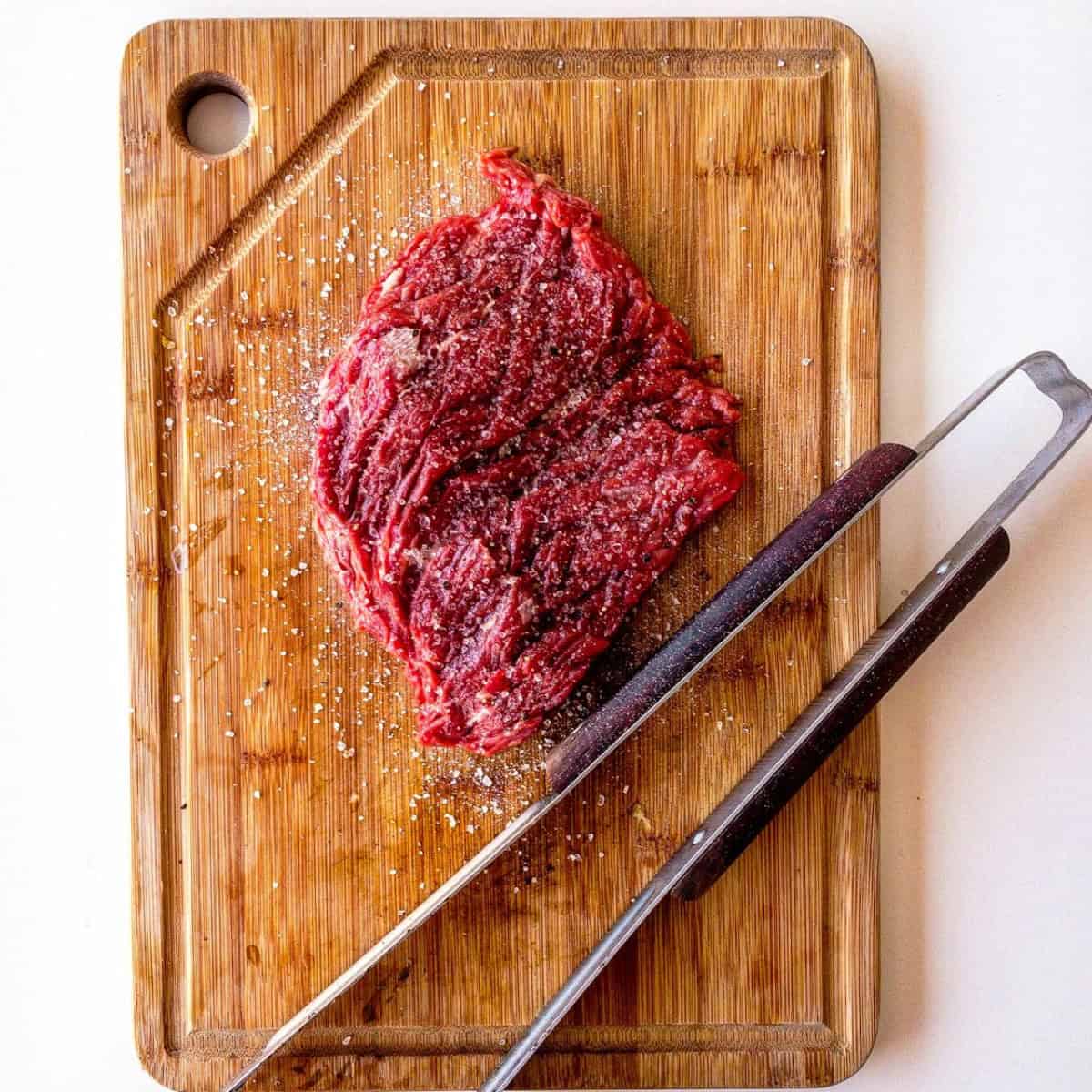Do Lip Plumpers Actually Increase Lip Size?
A typical lip plumper relies on specific ingredients to create the appearance of fuller lips. Many use components like capsaicin, menthol, cinnamon, ginger oils, or camphor. These trigger a reaction that causes swelling, giving the illusion of enhanced volume. However, this effect is temporary and does not genuinely increase lip size.
Tingling and burning sensations indicate irritation, not true plumping. While a product may cause lips to appear larger for a short period, continued use can lead to dryness or sensitivity. The reaction varies from person to person, making results difficult to predict.
Lip Plumpers and Skin Sensitivity: What to Watch For
Some ingredients in lip plumpers can cause irritation, especially for those with sensitive skin. Capsaicin, menthol, and cinnamon oil often trigger a tingling or burning sensation, which signals increased blood flow. While this can make lips appear fuller temporarily, repeated exposure may lead to dryness or discomfort.
Products that combine hydration with plumping agents, such as fiera lip plumper, offer an alternative. Similar to balms with peptides or hyaluronic acid, they focus on moisture retention while enhancing fullness. Checking ingredient lists and patch-testing new products can help avoid adverse reactions.
Vasodilation: The Science Behind the Plumping Sensation
The process that temporarily enhances lip size is called vasodilation. Certain ingredients cause blood vessels in the lips to expand, increasing circulation. This leads to mild swelling, which makes lips appear fuller.
The downside is that vasodilation is a response to irritation. Dermatologist Dr. Corey Hartman explains that this reaction is not controlled, meaning it is difficult to gauge how much swelling will occur. Some people experience only slight fullness, while others may see noticeable effects.
Continued irritation weakens the lip’s barrier, leading to dryness and potential long-term thinning. While occasional use of these products may not cause damage, frequent application may compromise lip health.
Long-Term Alternatives to Short-Term Lip Plumpers
Daily hydration and specific skincare ingredients can improve the natural fullness of lips without triggering inflammation. Peptides and humectants—such as hyaluronic acid and glycerin—enhance volume by increasing water retention.
Some products include messenger peptides like palmitoyl tripeptide-1 or palmitoyl tripeptide-38. These compounds encourage the production of essential proteins that help maintain lip firmness. With consistent use, they can contribute to a naturally plumped look without irritation.
Key Ingredients for Healthier, Fuller Lips
Hyaluronic Acid and Sodium Hyaluronate
These humectants draw and retain moisture, preventing dehydration. Keeping lips well-hydrated helps maintain a naturally fuller appearance.
Plant-Based Emollients
Shea butter, cocoa butter, and squalane restore suppleness and prevent moisture loss. Their barrier-strengthening properties contribute to smoother, healthier-looking lips.
Glycerin for Moisture Barrier Protection
Glycerin reinforces hydration, helping lips remain soft and plump over time. It supports the overall health of the skin, reducing flaking and dryness.
Makeup Techniques for Enhanced Fullness
For those looking for a plumper look without irritation, makeup techniques can create the illusion of fuller lips.
- Overlining slightly beyond the natural lip line with a liner in a matching shade can make lips appear more pronounced.
- Lip color selection impacts how large lips appear. Darker shades tend to minimize fullness, whereas lighter tones—such as pinks and soft roses—amplify volume.
- Gloss application at the center of the bottom lip draws attention to the area, creating dimension and a fuller look.
Injections: A Longer-Lasting Solution
For those seeking a more defined and lasting result, lip injections provide a way to increase lip volume for months at a time. These treatments, performed by licensed professionals, use hyaluronic acid-based fillers to add structure and shape to the lips.
Before choosing this option, consult with a dermatologist or cosmetic specialist to discuss potential results, risks, and expectations.





Leave a Reply